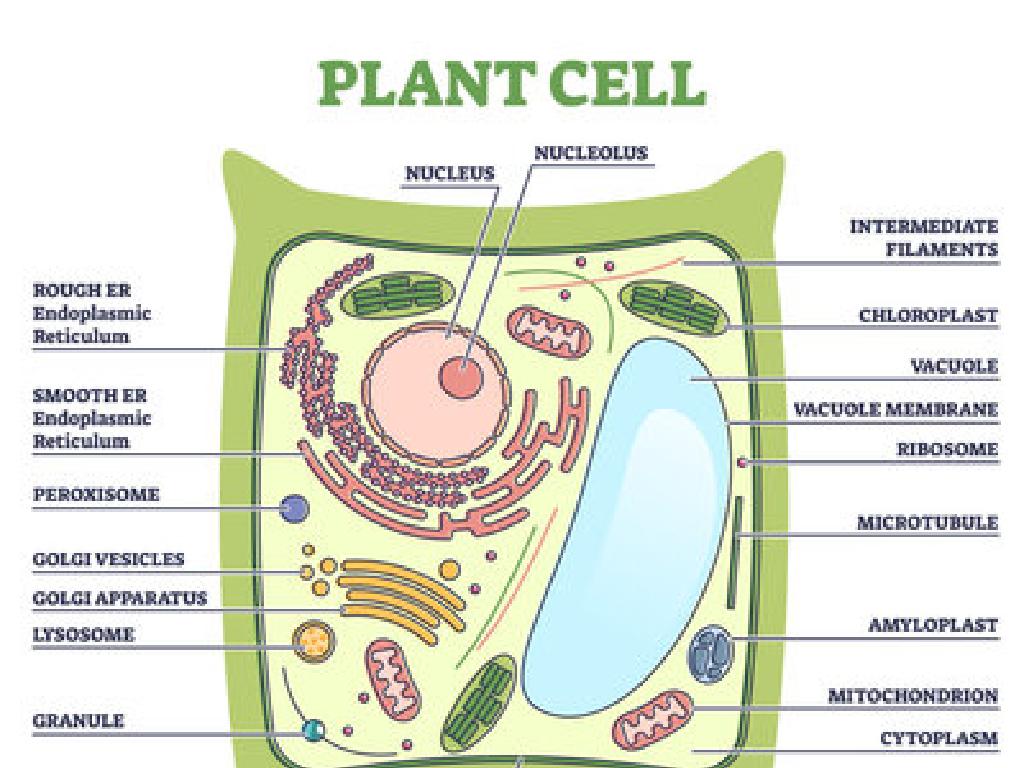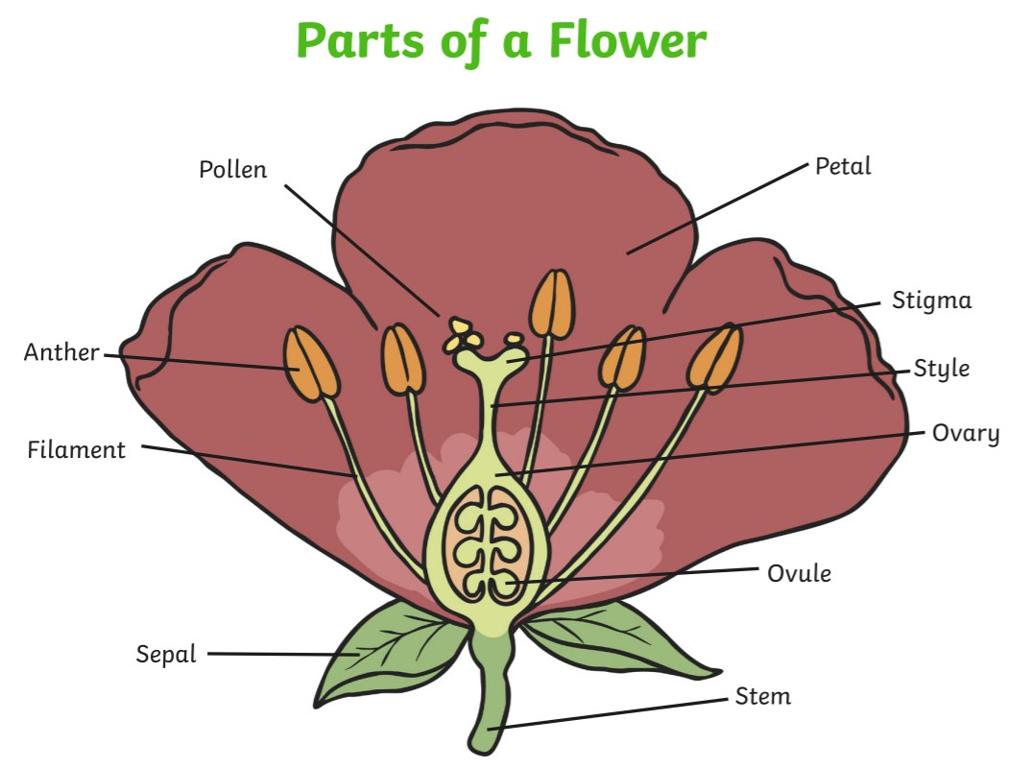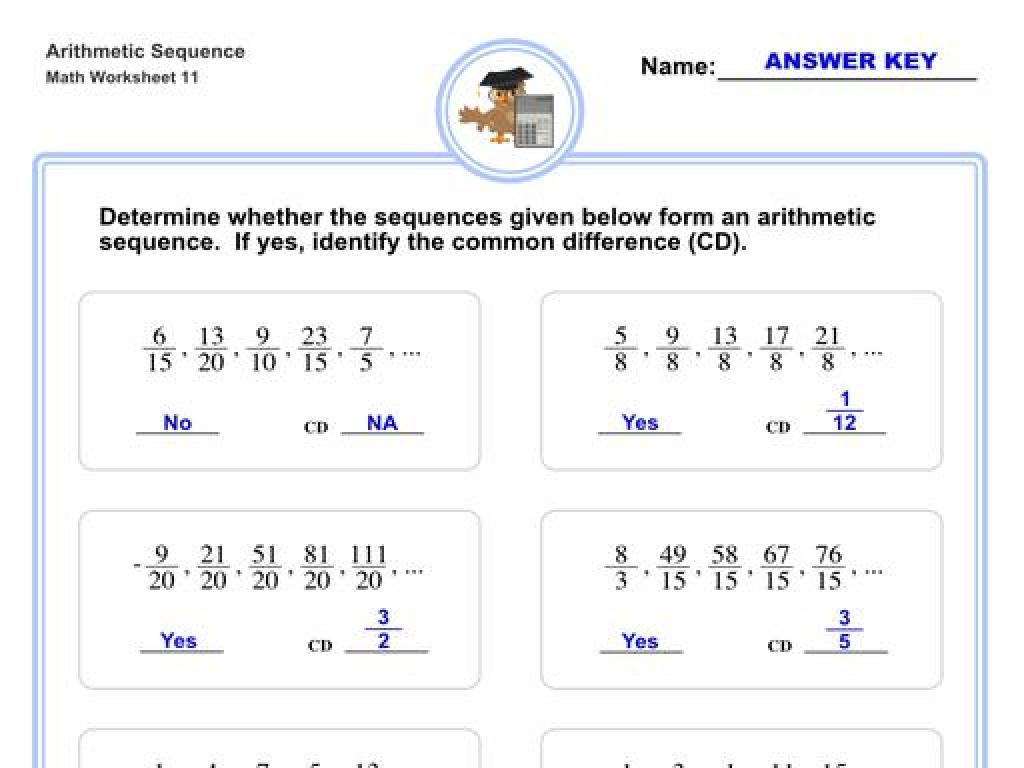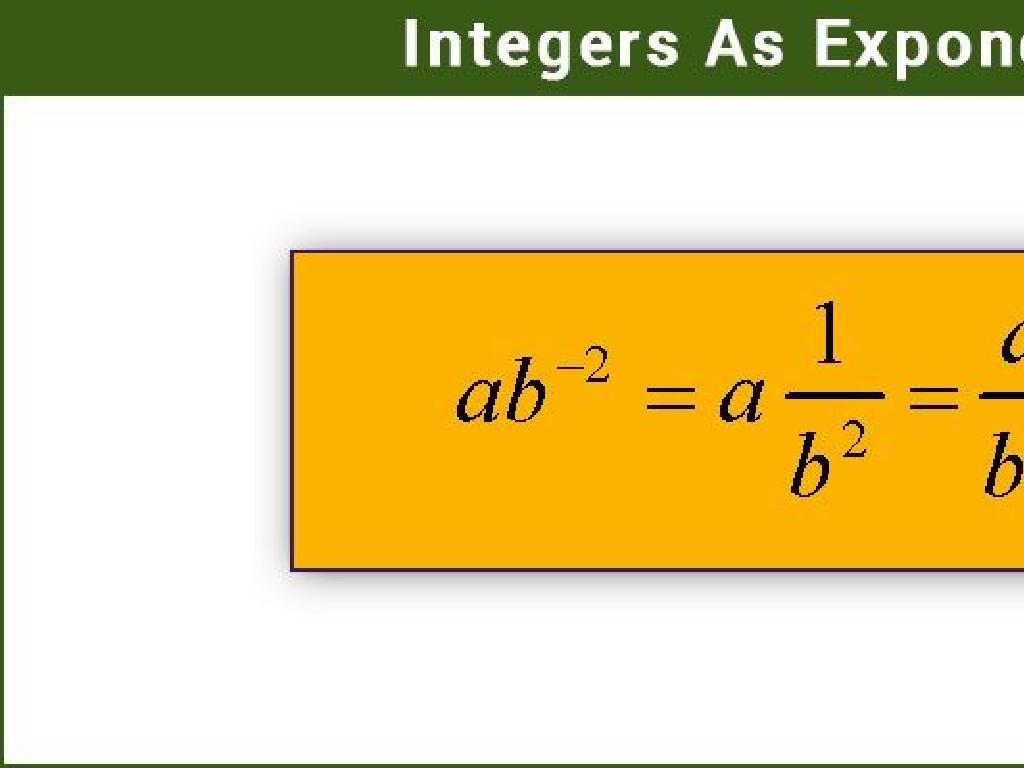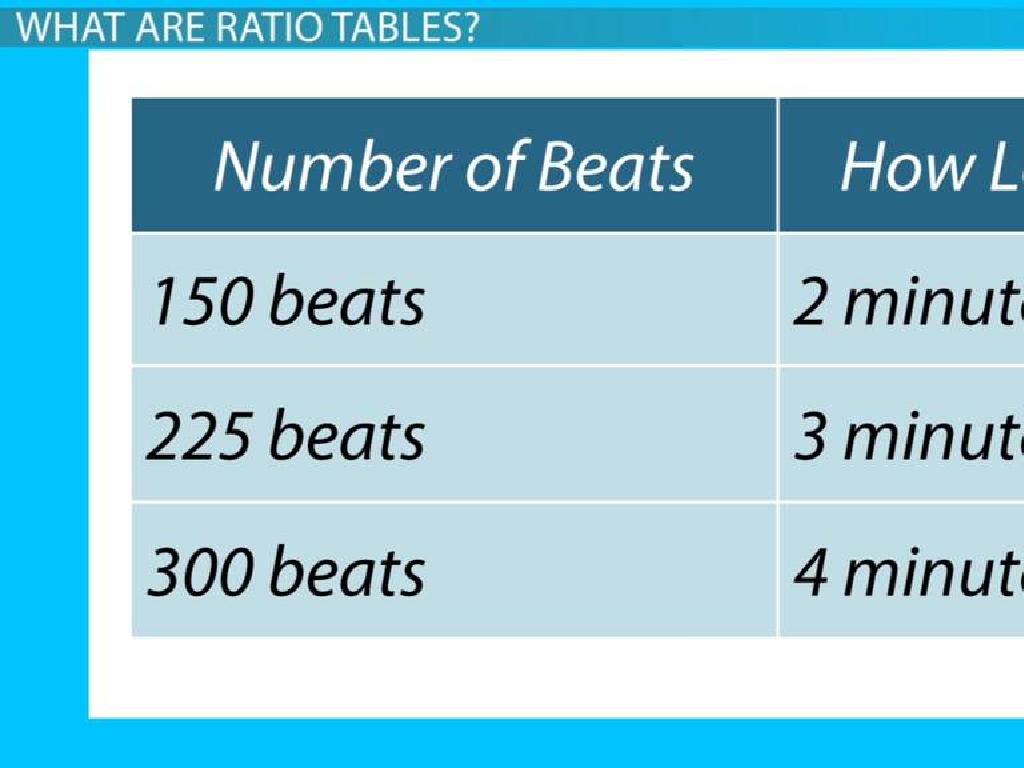Use Dictionary Entries
Subject: Language arts
Grade: Second grade
Topic: Context Clues
Please LOG IN to download the presentation. Access is available to registered users only.
View More Content
Welcome to Context Clues!
– Become a word detective
– Learn to use a dictionary
– A dictionary explains word meanings
– Discover what context clues are
– Clues in text that help us define words
– Practice finding clues in sentences
– We’ll look for hints in books to solve word mysteries
|
In this lesson, students will be introduced to the concept of context clues and how they can be used to determine the meaning of unfamiliar words. Emphasize the role of a dictionary as a helpful tool for understanding word definitions and pronunciation. Explain that context clues are hints found within a sentence or passage that can help reveal the meaning of new or tricky words. Engage the students by describing them as ‘word detectives’ who will use these clues to solve the mystery of the word’s meaning. Provide examples and plan interactive activities where students can practice using context clues from sentences in their favorite books or selected passages.
Exploring the Dictionary
– A dictionary defines words
– It’s like a word treasure book!
– It shows how to pronounce words
– Look for little symbols and letters
– It explains word meanings
– Find the meaning and use of words
– It’s a useful tool for learning
|
This slide introduces the dictionary as an essential resource for understanding language. Emphasize that a dictionary can be thought of as a treasure book full of words. It’s important for students to know that dictionaries provide the correct pronunciation, which can be identified through phonetic symbols. They also offer clear definitions to expand vocabulary and comprehension. Encourage students to use dictionaries when they encounter unfamiliar words, and explain that understanding how to use this tool will greatly aid their reading and writing skills. Plan an activity where students can practice looking up words and using the provided information to understand text.
Exploring Dictionary Entries
– What’s a dictionary entry?
– It’s every word listed in a dictionary with details.
– Parts of an entry explained
– Includes the word, how to say it, its role in a sentence, and meaning.
– Example: The word ‘Bright’
– ‘Bright’ – /brajt/ adj. – giving out or reflecting a lot of light; shiny.
– Practice finding parts of an entry
|
This slide introduces students to the concept of a dictionary entry and its components. Start by explaining that a dictionary is a book that helps us understand what words mean. Each word in a dictionary has its own ‘entry’ with details about it. Go over the parts of an entry: the word itself, how to pronounce it, what type of word it is (noun, verb, adjective, etc.), and what it means. Use ‘Bright’ as an example to show these parts in action. Encourage students to practice by picking words from a classroom dictionary and identifying these parts. This activity will help them become more familiar with using a dictionary and understanding how it can help them with reading and writing.
Using Context Clues to Understand Words
– What are context clues?
– They’re hints that help us define words
– Find clues around tricky words
– Look at the words before and after the unknown word
– ‘Arid’ means very dry
– In ‘The arid desert was so dry, not even cacti could grow there’, ‘arid’ is hinted to mean dry by the words ‘so dry, not even cacti could grow’
– Practice with your own examples
|
This slide introduces the concept of context clues, which are essential for second graders to develop their vocabulary and reading comprehension skills. Start by explaining that context clues are like a treasure hunt to find the meaning of new or difficult words. Use the example provided to show how the surrounding text gives us hints about the meaning of ‘arid’. Encourage students to always look around the word they don’t understand for helpful clues. As an activity, students can practice with their own reading materials or examples provided by the teacher, identifying new words and using context clues to define them.
Practice Finding Context Clues
– Read a paragraph as a class
– Spot the clues for underlined words
– Look for hints around the underlined words that help us guess the meaning
– Discuss meanings with a friend
– Think about what the words could mean and tell your partner
– Share your ideas with the class
– We’ll talk about your guesses as a group
|
This slide is designed to engage students in a collaborative learning activity focused on using context clues to determine the meaning of new words. Start by reading a paragraph together as a class, ensuring that everyone understands the general content. Highlight or underline words in the paragraph beforehand that you want the students to focus on. Encourage the students to look for words or phrases around the underlined words that give hints about their meanings. After they discuss their ideas with a partner, bring the class back together to share their thoughts and provide feedback. This activity will help reinforce the concept of context clues and promote discussion and critical thinking.
How to Use a Dictionary
– Start with the first letter
– Look at the page’s guide words
– Guide words are at the top of dictionary pages
– Guide words show word range
– They help locate words quickly
– Practice finding words
|
This slide introduces students to the basic steps of using a dictionary to find the meaning of words. Emphasize the importance of starting with the first letter of the word they are looking up. Explain that guide words at the top of each dictionary page show the first and last words on that page, helping to navigate the dictionary more efficiently. Encourage students to practice by picking random words and finding them in the dictionary. This will help them become more familiar with alphabetical order and guide words. You can turn this into a fun classroom activity by having students race to find words or find the most interesting word on a page.
Let’s Practice Using a Dictionary!
– Find words in the dictionary
– Discover the meaning of words
– What does the word mean in the dictionary?
– Learn the pronunciation
– How is the word pronounced according to the dictionary?
– Share what you’ve learned
– Tell the class about the new word and how to say it.
|
This slide is designed to engage second-grade students in a practical dictionary exercise. Start by explaining what a dictionary is and how it can be a useful tool for learning new words. Demonstrate how to look up words in the dictionary, focusing on alphabetical order. Once a word is found, discuss its meaning and practice saying it aloud, emphasizing correct pronunciation. Encourage students to repeat the process with multiple words. As an activity, each student can choose a word, find it in the dictionary, and then share their findings with the class, including how to pronounce the word and what it means. This will help reinforce their understanding of how to use a dictionary and the importance of context in determining the meaning of words.
Class Activity: Dictionary Scavenger Hunt
– Let’s go on a dictionary hunt!
– Find words and complete your worksheet
– Look up words you’re curious about and write them down
– Work together in pairs
– Share a dictionary and discuss findings with your partner
– Help each other learn new words
– Assist your buddy if they’re stuck on a word
|
This activity is designed to familiarize second-grade students with using a dictionary and to encourage teamwork. Provide each pair with a worksheet that includes spaces to write down the word, its definition, and a sentence using the word. Encourage students to look for words they’ve recently learned in class or words they’re curious about. Teachers should circulate the room to assist pairs as needed and ensure that each student is participating. Possible variations of the activity could include finding words that start with a certain letter, words of a certain length, or words related to a recent lesson. The goal is to make the dictionary a friendly resource for discovering and understanding new words.
Becoming Word Detectives: Conclusion
– Congratulations, word detectives!
– Mastered context clues & dictionary use
– Understand words using clues and dictionary definitions
– Equipped to tackle tricky words
– Use your skills when reading
– Keep exploring and learning new words
|
This slide wraps up the lesson on using context clues and dictionary entries to understand new words. Reinforce the idea that students are now equipped with the necessary tools to decipher the meaning of unfamiliar words they encounter in their reading. Encourage them to always look for context clues within the sentence or surrounding text and to use a dictionary to confirm their guesses or learn more about the word. Remind them that learning new words is a fun adventure and that they should feel proud of becoming word detectives. Celebrate their achievement and motivate them to continue applying these skills in all their reading activities.

